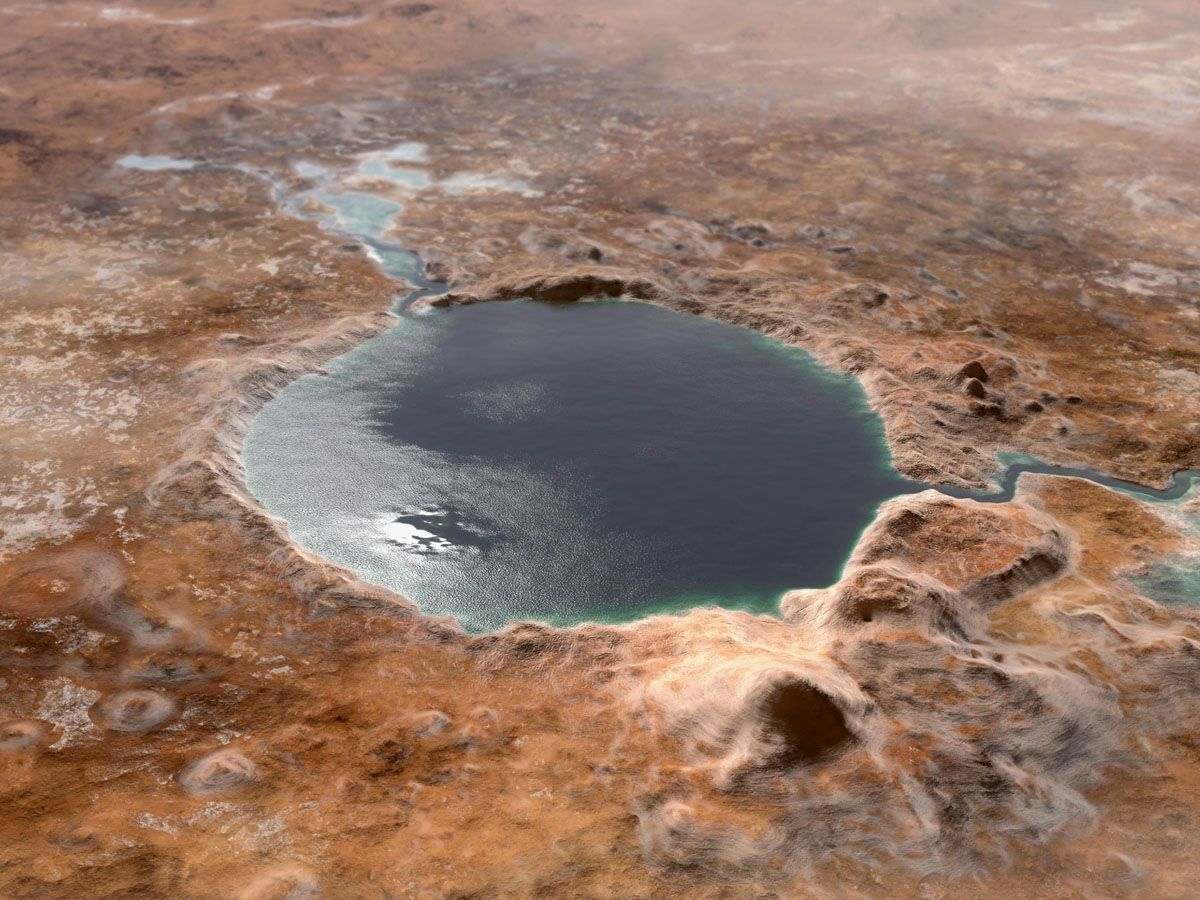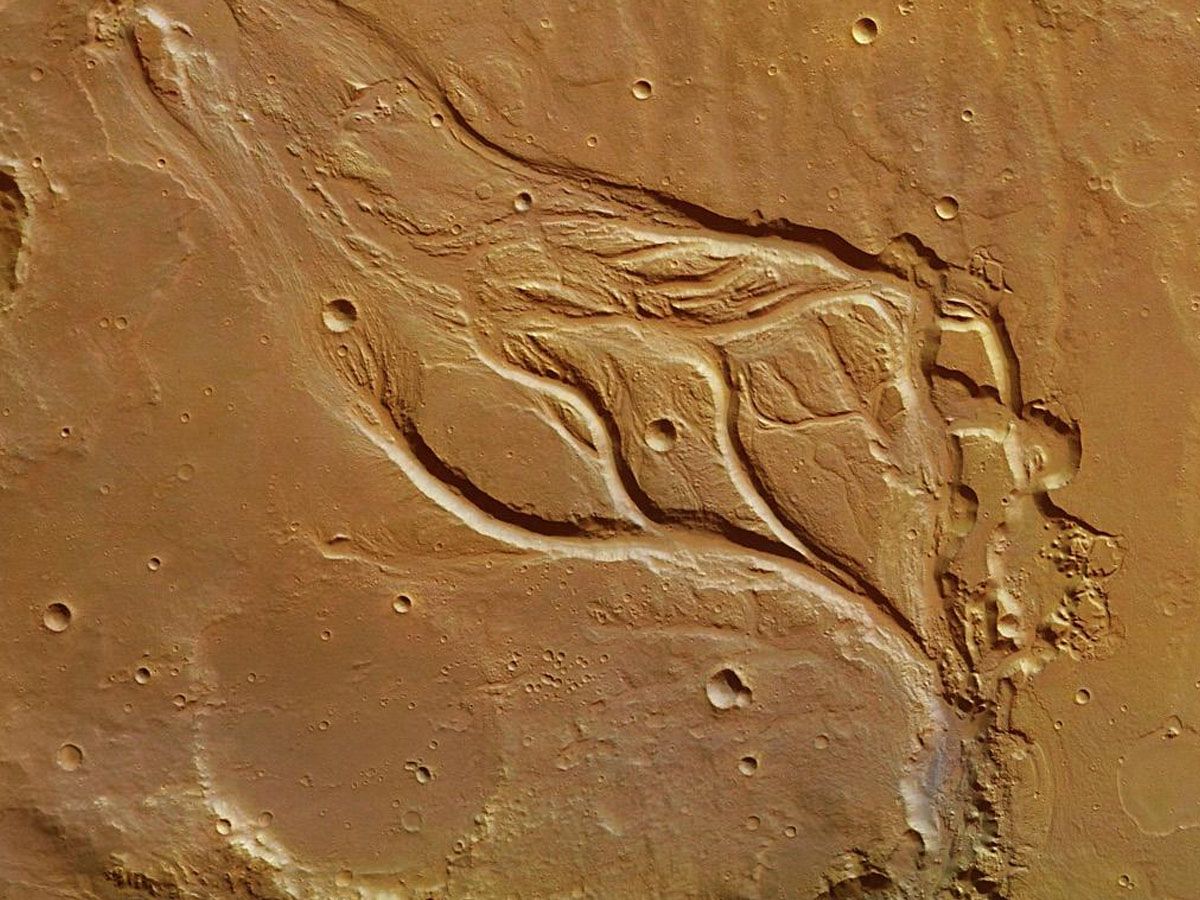In an extraordinary revelation that marks a significant shift in our understanding of the Red Planet's history, NASA's Perseverance rover has uncovered startling evidence of ancient, powerful rivers surging across the Martian landscape. This discovery, made in the rover's exploration of the Jezero Crater, suggests a time when Mars was adorned with deep, fast-flowing rivers, contrasting dramatically with the barren, dusty environment we associate with the planet today.
The Rover's Landing and Exploration
Touchdown! February 2021 witnessed a historic moment as the Perseverance rover, carrying the Ingenuity helicopter like a trusty sidekick, made a triumphant landing on the floor of Jezero Crater. This 28-mile-wide crater, a geological marvel in its own right, has since served as the rover's playground and laboratory.

Our Martian explorer's mandate? Nothing short of decoding the red planet's past. Tasked with probing the geological structures, sniffing out signs of bygone life, and hoarding samples for future retrieval, Perseverance embarked on a quest that could redefine our understanding of the cosmos.
In the months that followed, Perseverance has been a diligent researcher, unearthing secrets from Martian soil. It's the most awe-inspiring find so far: signs of a river that once raged with fury, right here in the Jezero Crater. No ordinary waterway, this river was likely deep and fast-flowing, a stark contrast to the gentle streams and serene lakes Mars was previously thought to harbor.
Discovery of the Ancient Riverbed
What led scientists to this radical hypothesis of a Martian river? The rover's Mastcam-Z camera, scanning the Martian landscape between February 28 and March 9, 2023, revealed curving bands of layered rock at a location fondly named "Skrinkle Haven." These formations, coarse and robust, suggest the handiwork of a high-energy river, possibly snaking or braiding its path across the terrain.
New images from @NASAPersevere may show signs of a what once was a rollicking river on Mars.
— NASA JPL (@NASAJPL) May 11, 2023
Explore this mosaic, which was stitched together from hundreds of the rover's images, and learn more at: https://t.co/c4wisRvxWa pic.twitter.com/PezuRCdDLA
The geological clues don't stop there. Perseverance's camera also captured breathtaking views of a hill structure called Pinestand. Rising up to 65 feet (20 meters), these sedimentary rock layers tower over typical river formations on Earth, suggesting a river of formidable power that transported substantial debris.

The Hypothetical Martian Environment
Step back in time, if you will, to an era when Mars wasn't the rust-colored desert we know today. Picture instead a vibrant world, crisscrossed by deep, fast-flowing rivers and dotted with tranquil lakes. Such a vision isn't just the stuff of science fiction but is increasingly being considered a plausible chapter in the planet's history.
The Jezero Crater, where Perseverance has been conducting its exploration, is itself thought to have once cradled a lake and a river delta. This ancient waterway was not a mere trickle, but a force to be reckoned with, capable of carving out the towering cliffs of Pinestand and depositing the sediments that make up the delta.

Yet, a question lingers: where did all the water go? Mars, it seems, experienced an epoch of drying, losing its water approximately four million years ago. While we still grapple with the exact mechanisms of this planetary-scale dehydration, one thing is clear: Mars transitioned from a water-rich past to a dry present, leaving behind tantalizing clues in its rocks and soil.
The Ongoing Search for Signs of Life
The search for life beyond our home planet has driven space exploration for decades. Perseverance carries the torch forward in this grand quest, seeking to find signs of past life in the dried-up riverbeds and dusty plains of Mars. Its mandate? Look for biosignatures, and signs of past microbial life in the Martian rocks.
However, life, as we understand it, requires more than just water. It needs a smorgasbord of elements and the right environmental conditions. Here's where the plot thickens: Mars has been found to harbor organic materials. While these compounds don't confirm the presence of life, they can form via non-biological processes. They do imply that Mars possesses at least some ingredients necessary for life to flourish.

On a planet where water once flowed with vigor and organic materials are present, could life have gained a foothold? This is the tantalizing question that Perseverance aims to answer. As it trundles across the Martian landscape, it not only explores a different world but also helps us unravel the enigma of life's universality. Each discovery, each piece of data transmitted back to Earth, brings us one step closer to answering one of our oldest and most profound questions: are we alone?
Source: space.com / digitaltrends.com / mashable.com













